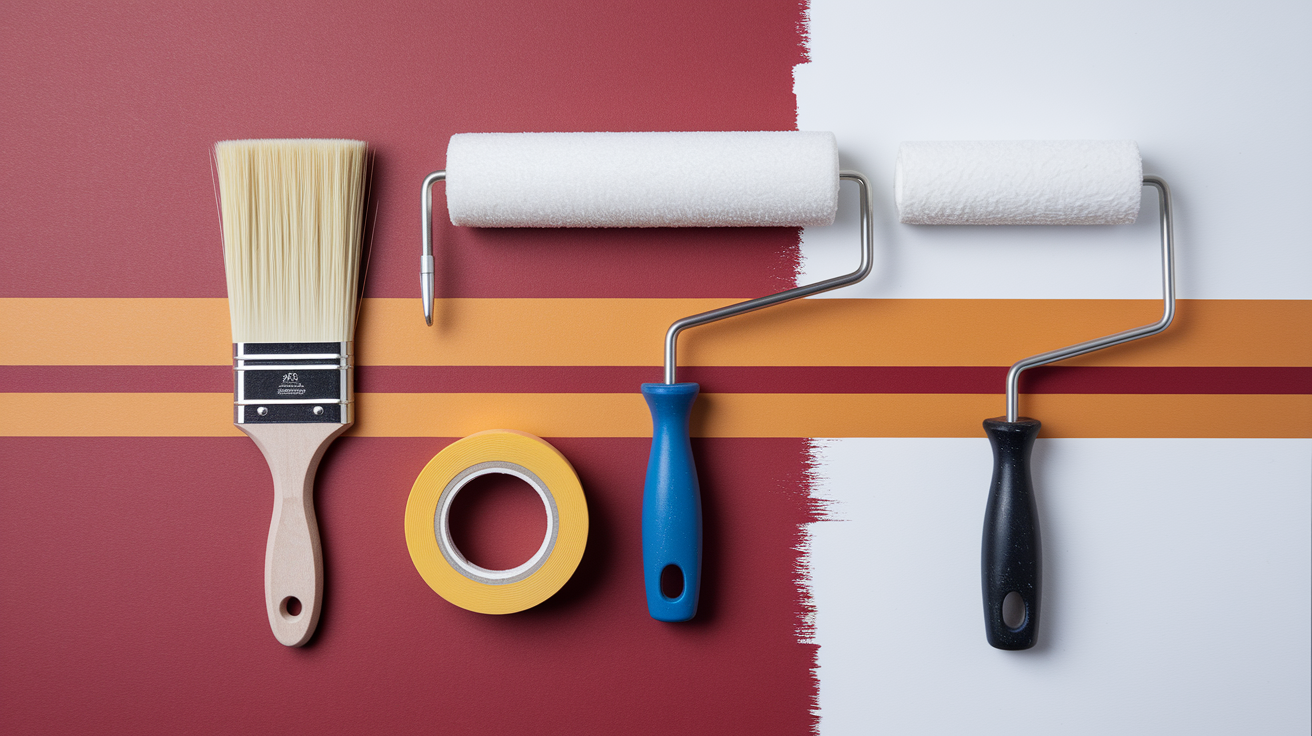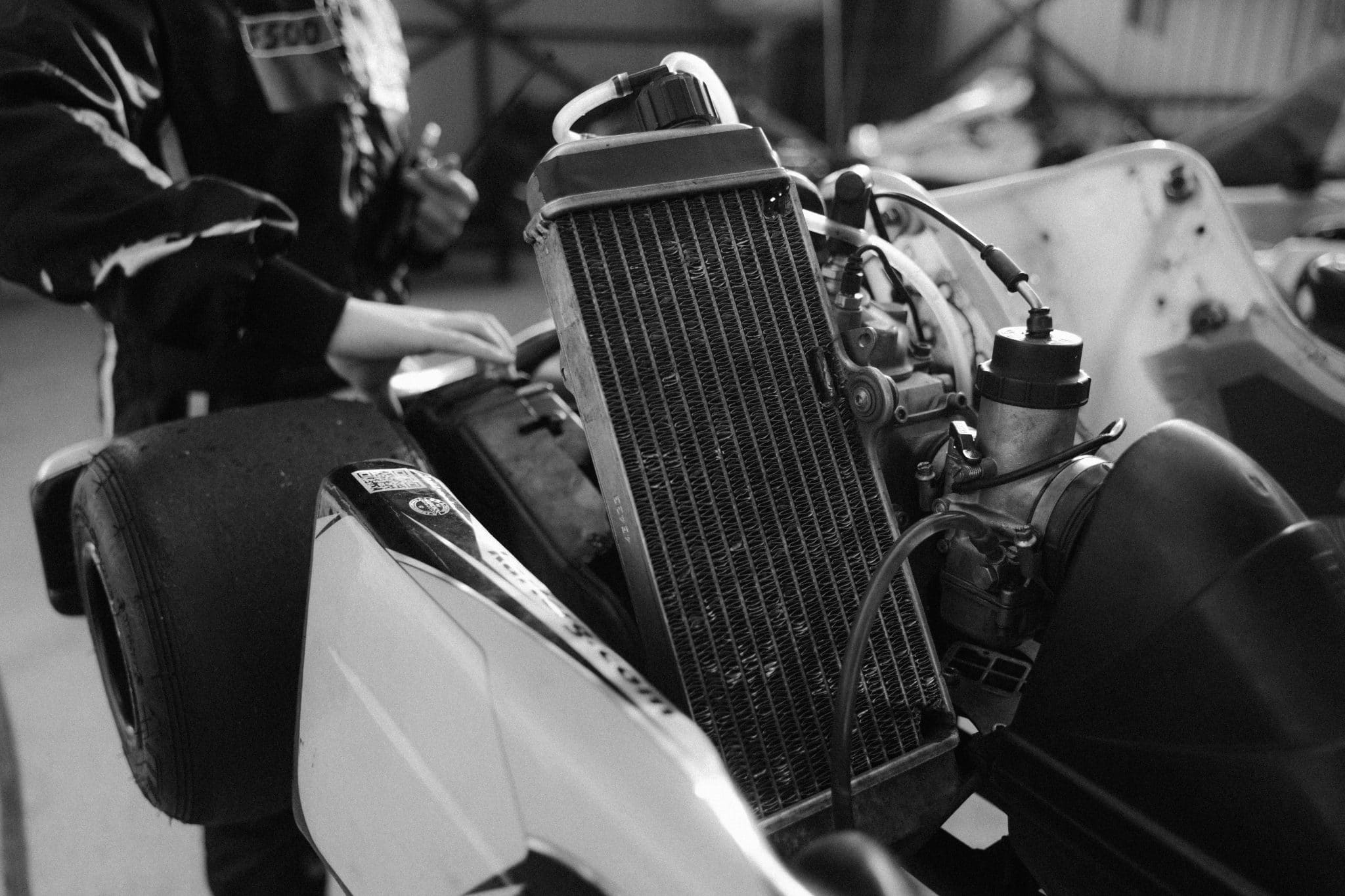Want to know which painting tools actually work? Many artists waste money on items that fall short of their needs.
Finding the right painting supplies matters. Quality tools make painting easier and more fun. Poor tools can ruin your work and your mood.
This guide helps you choose excellent painting tools without confusion. We’ve tested dozens of brushes, paints, and accessories to find what truly works. You’ll learn which items deserve your money and which ones don’t.
Please keep reading to find our honest reviews and practical tips from artists who use these tools daily. No marketing talk—just useful facts to help you paint better.
Why Does Choosing the Right Tools Matter?
Good painting tools make all the difference in your final results. When you use the wrong tools, your paint job might look uneven or sloppy. The right tools help you apply paint smoothly and get into tight spots.
Poor-quality tools often fall apart quickly. Brushes lose bristles that get stuck in your paint. Rollers leave lint on your walls. These problems waste your time and money.
Key benefits of quality painting tools:
- Better finish – Professional-looking results with fewer streaks and marks
- Time savings – Less time spent fixing mistakes or redoing work
- Even coverage – Paint goes on smoothly with fewer coats needed
- Access to tight spots – Proper tools help reach corners and edges
- Faster completion – Cut your painting time significantly
Quality tools work better and last longer. A good brush holds more paint and puts it on walls evenly. This means less work for you and better results. You’ll spend less time fixing mistakes.
The right tools also make painting faster. You won’t need to stop and start as often. This matters when you have big areas to cover. Good tools can cut your painting time in half.
Think of painting tools as worthy expenses rather than costs. When you buy good tools once, you can use them for many projects over many years.
Types of Paints and Their Recommended Tools
Different paints require specific tools for the best results. From brushes to palettes, using the right tools enhances your technique and finish.
1. Water-Based Paints (Acrylic, Latex)
Water-based paints need tools that work well with their quick-drying nature. Brushes with nylon or polyester bristles work best. These bristles don’t absorb water and keep their shape.
For large areas, use rollers with a 3/8-inch nap for smooth walls. Choose 1/2-inch nap rollers for textured walls. Foam rollers work well for doors and cabinets because they leave a smooth finish.
2. Oil-Based Paints
Oil paints need natural bristle brushes. These brushes hold more paint and spread it well. China-bristle brushes work especially well with oil paints.
For rolling oil paints, use mohair or wool-blend roller covers. These materials hold oil paint correctly and put it on surfaces well.
3. Specialty Finishes
For glossy finishes, use very smooth tools. Foam brushes and microfiber rollers put on thin, even coats without bubbles or marks.
For textured finishes, use tools that add texture. Special roller covers with patterns can create many looks. Some have thick naps that leave texture as you roll.
For matte finishes, standard tools work fine, but the key is good prep work. Sanding between coats helps create a smooth, even matte look.
Budget-Friendly Tools vs. Premium Options
Choosing between budget-friendly and premium tools depends on your needs and budget. While premium tools offer durability and performance, budget-friendly options can still deliver great results for beginners or casual painters.
| Tool Type | Budget-Friendly Options | Price Range | Premium Options | Price Range | Key Differences |
|---|---|---|---|---|---|
| Brushes | Synthetic blend brushes | $3-10 | Pure bristle or high-end synthetic | $15-40 | Premium brushes hold more paint, shed less, and last longer |
| Rollers | Polyester covers | $2-7 | Microfiber or wool blend covers | $8-20 | Premium rollers apply paint more evenly with less splatter |
| Paint Trays | Plastic disposable trays | $1-5 | Metal trays with liners | $10-25 | Premium trays are sturdier and can be reused for years |
| Extension Poles | Fixed-length plastic poles | $5-15 | Adjustable aluminum poles | $20-45 | Premium poles are lighter, stronger, and adjustable to different lengths |
| Painter’s Tape | Basic masking tape | $3-6 | Edge-lock or specialty surface tapes | $7-12 | Premium tapes prevent bleed-through and remove cleanly |
| Drop Cloths | Plastic sheets | $2-10 | Canvas drop cloths | $15-40 | Canvas cloths are non-slip, reusable, and absorb spills better |
| Scrapers | Plastic handle scrapers | $2-8 | Metal ergonomic scrapers | $10-25 | Premium scrapers have replaceable blades and better grip |
| Sandpaper | Basic grits pack | $3-8 | Wet/dry premium sandpaper | $10-20 | Premium sandpaper lasts longer and creates smoother finishes |
Top 9 Painting Tools Every Artist Should Own
Whether you’re a beginner or a seasoned artist, having the right painting tools can make all the difference in your creative process.
The tools you use not only affect the quality of your artwork but also affect your technique and efficiency. Here’s a curated list of the top 9 essential painting tools every artist should have in their toolkit.
Disclaimer: The products mentioned in this blog are based solely on personal experience and are not sponsored or affiliated with any brands.
1. Purdy Nylox Glide Angular Trim Paint Brush
-
Best For: Precise trimming around edges and corners.
-
Estimated Cost: Mid-range pricing.
-
Weather Resistance: Suitable for both interior and exterior use.
2. Wooster Brush Q3211-2 Shortcut Angle Sash Paint Brush
-
Best For: Small spaces and tight corners.
-
Estimated Cost: Affordable.
-
Weather Resistance: Ideal for both indoor and outdoor painting.
3. 4 in. High-Density Foam Mini Paint Roller with Frame
-
Best For: Smooth, even coverage on smaller surfaces.
-
Estimated Cost: Budget-friendly.
-
Weather Resistance: Best for indoor use but can be used for certain exteriors.
4. 9 in. x 1/2 in. Pro Surpass Shed-Resistant Roller Cover
-
Best For: Medium to large surfaces like walls and ceilings.
-
Estimated Cost: Moderate.
-
Weather Resistance: Suitable for both indoor and outdoor painting.
5. 3M ScotchBlue Painter’s Tape
-
Best For: Creating crisp, clean lines.
-
Estimated Cost: Budget-friendly.
-
Weather Resistance: Ideal for both indoor and outdoor projects.
6. Benjamin Moore Regal Select Interior Paint
-
Best For: High-quality finish for interiors.
-
Estimated Cost: High-end.
-
Weather Resistance: Not suitable for exteriors.
7. Mr. Longarm Extension Pole
-
Best For: Reaching high areas without a ladder.
-
Estimated Cost: Mid-range.
-
Weather Resistance: Suitable for both indoor and outdoor applications.
8. Rust-Oleum Universal Spray Paint
-
Best For: Versatile use on many surfaces including metal, wood, and plastic.
-
Estimated Cost: Mid-range.
-
Weather Resistance: Great for exterior projects with weather-resistant options.
9. Wagner Spraytech Control Spray Max
-
Best For: Large surfaces and furniture.
-
Estimated Cost: High-end.
-
Weather Resistance: Works well for both indoor and outdoor projects.
How to Maintain Your Painting Tools
- Clean tools right after use – Don’t wait until paint dries. Wash brushes and rollers as soon as you finish with them.
- Use the right cleaning method – Clean water-based paints with soap and water. Oil paints need mineral spirits or paint thinner.
- Wash brushes bristle-side down – Hold brushes with bristles pointing down to prevent water from loosening the glue in the ferrule.
- Dry tools properly – Hang brushes to dry or lay them flat. Don’t stand them on their bristles.
- Store brushes and rollers correctly – Keep brushes in their original wrappers or use paper to protect the shape of the bristles.
- Remove excess water – Shake out excess water and pat dry with a clean cloth before storing brushes.
- Comb out bristles – Use a brush comb to straighten bristles after washing to maintain the brush shape.
- Keep roller covers clean – Use a roller scraper to remove excess paint before washing roller covers.
- Check for damage – Look for loose bristles or damaged handles before starting a new project.
- Protect metal parts – Apply a thin coat of petroleum jelly to metal parts of tools to prevent rust.
Conclusion
Good tools help you paint faster and better. We’ve looked at what works for different paints, compared costs, and shared care tips.
The tools you pick affect how your walls, furniture, or art turns out. Not every job needs the most costly options. Many budget tools work well for casual projects.
What matters most is matching the tool to your task and paint type. Water-based paints need different brushes than oil paints. Textured walls need different rollers than smooth surfaces.
Taking care of your tools makes them last. A well-cleaned brush might serve you for years. This saves money in the long run.
Pick what fits your needs and budget. With the right tools in hand, your painting projects will go more smoothly.
Frequently Asked Questions (FAQs)
1. What is the Best Tool for Painting Straight Lines?
The best tool for painting straight lines is painter’s tape with edge-sealing technology, paired with a high-quality angled sash brush for precise application along the taped edge.
2. What to Buy to Start Painting?
For beginners, buy a starter kit with basic brushes, small roller, painter’s tape, drop cloth, paint tray, and stir sticks. Add primer and quality paint in your chosen finish.
3. What Supplies Do Professional Painters Use?
Professional painters use premium brushes, high-density roller covers, quality painter’s tape, canvas drop cloths, extension poles, paint sprayers, prep tools, and commercial-grade paints for lasting results.


















